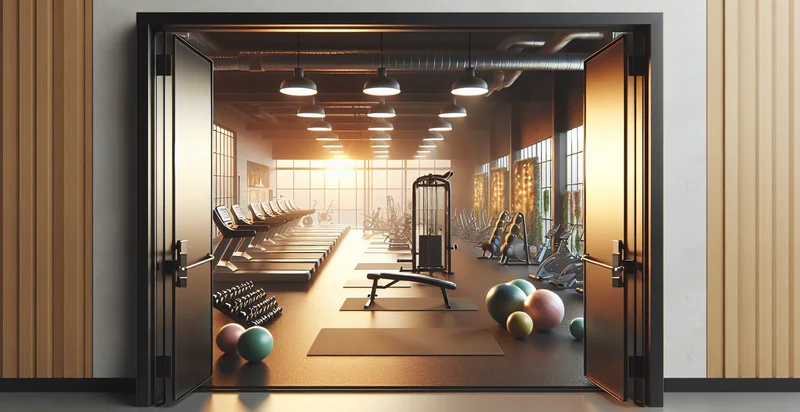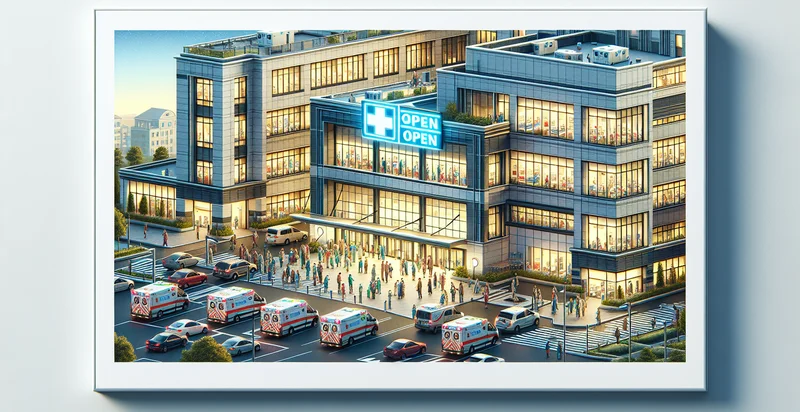Identify if hospital is unlocked
using AI
Below is a free classifier to identify if hospital is unlocked. Just upload your image, and our AI will predict if the hospital is unlocked - in just seconds.

Contact us for API access
Or, use Nyckel to build highly-accurate custom classifiers in just minutes. No PhD required.
Get started
import nyckel
credentials = nyckel.Credentials("YOUR_CLIENT_ID", "YOUR_CLIENT_SECRET")
nyckel.invoke("if-hospital-is-unlocked", "your_image_url", credentials)
fetch('https://www.nyckel.com/v1/functions/if-hospital-is-unlocked/invoke', {
method: 'POST',
headers: {
'Authorization': 'Bearer ' + 'YOUR_BEARER_TOKEN',
'Content-Type': 'application/json',
},
body: JSON.stringify(
{"data": "your_image_url"}
)
})
.then(response => response.json())
.then(data => console.log(data));
curl -X POST \
-H "Content-Type: application/json" \
-H "Authorization: Bearer YOUR_BEARER_TOKEN" \
-d '{"data": "your_image_url"}' \
https://www.nyckel.com/v1/functions/if-hospital-is-unlocked/invoke
How this classifier works
To start, upload your image. Our AI tool will then predict if the hospital is unlocked.
This pretrained image model uses a Nyckel-created dataset and has 2 labels, including Hospital Locked and Hospital Unlocked.
We'll also show a confidence score (the higher the number, the more confident the AI model is around if the hospital is unlocked).
Whether you're just curious or building if hospital is unlocked detection into your application, we hope our classifier proves helpful.
Related Classifiers
Need to identify if hospital is unlocked at scale?
Get API or Zapier access to this classifier for free. It's perfect for:
- Security Monitoring: This function can be used to enhance security monitoring systems in hospitals. If a hospital is unlocked outside of operating hours, security personnel can be alerted to potential unauthorized access, reducing the risk of theft or vandalism.
- Patient Safety Alerts: In scenarios where patients may wander away from care areas, the system can automatically notify staff if a door that should remain locked is accessed. This ensures that immediate action can be taken to provide a safe environment for all hospital visitors and patients.
- Access Control Management: The identifier can assist in managing and logging who accesses certain areas of the hospital when unlocked. This data can then be analyzed for trends and security improvements, contributing to a safer facility.
- Emergency Response Activation: In the event of a medical emergency or crisis, this function can help activate emergency response protocols if an area meant to remain secure is accessed. This can accelerate response times and optimize resource allocation when time-critical situations arise.
- Compliance Monitoring: Hospitals have strict regulations regarding secure areas, such as pharmacies or patient records rooms. The identifier can help ensure compliance with these regulations, generating alerts and reports when a restricted area is unlocked, thereby helping avoid potential legal issues.
- Customizable Visitor Management: The system can serve as a tool for managing visitor access to sensitive areas. Hospitals can configure alerts to automatically inform staff if specific doors are unlocked whenever visitors are being processed for appointments or visiting patients.
- Data Analytics for Facility Management: This function can gather data on how often and when hospital areas are unlocked, providing valuable insights for facility management. Understanding usage patterns can lead to better security investments and operational efficiencies in facility layout and access control strategies.


